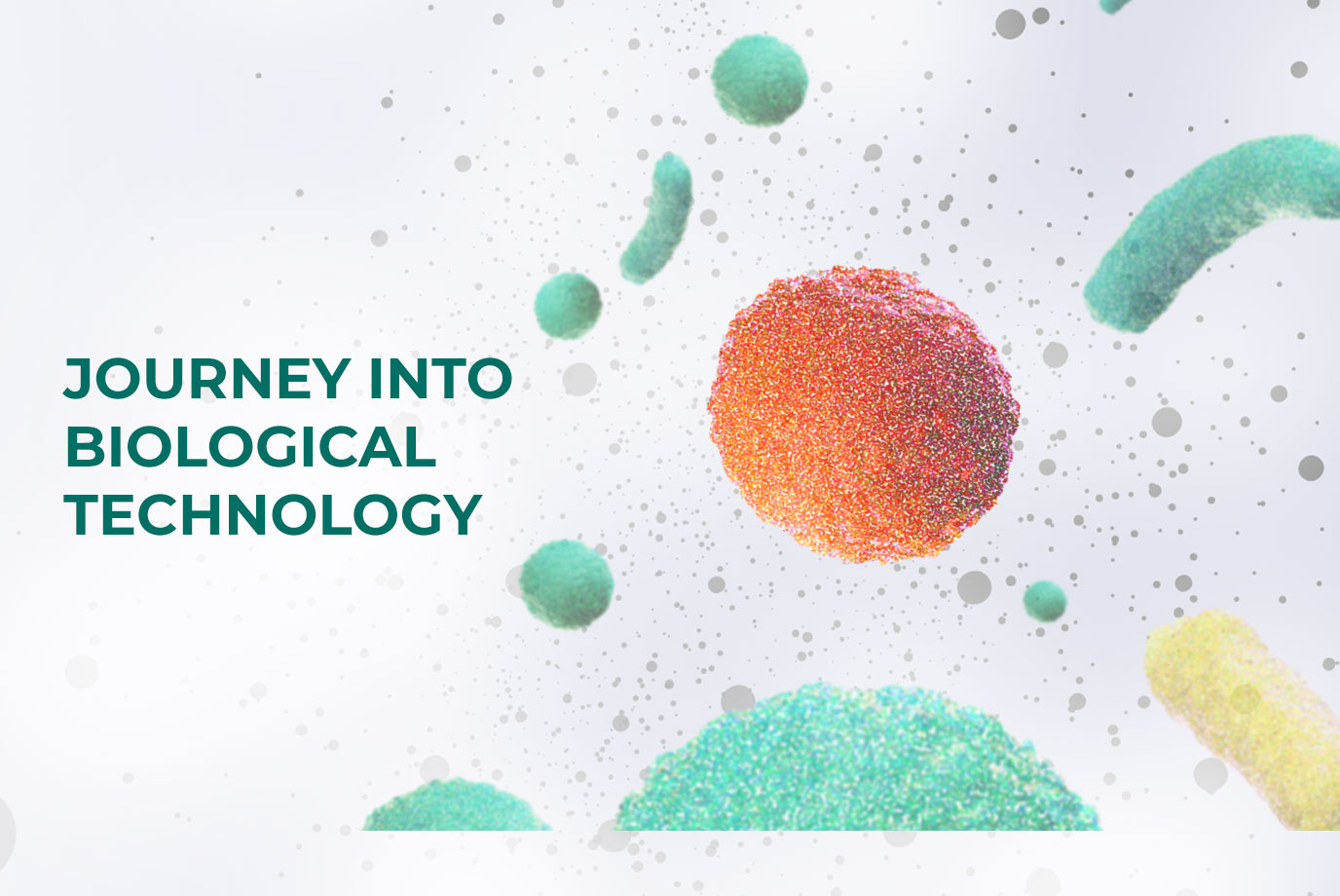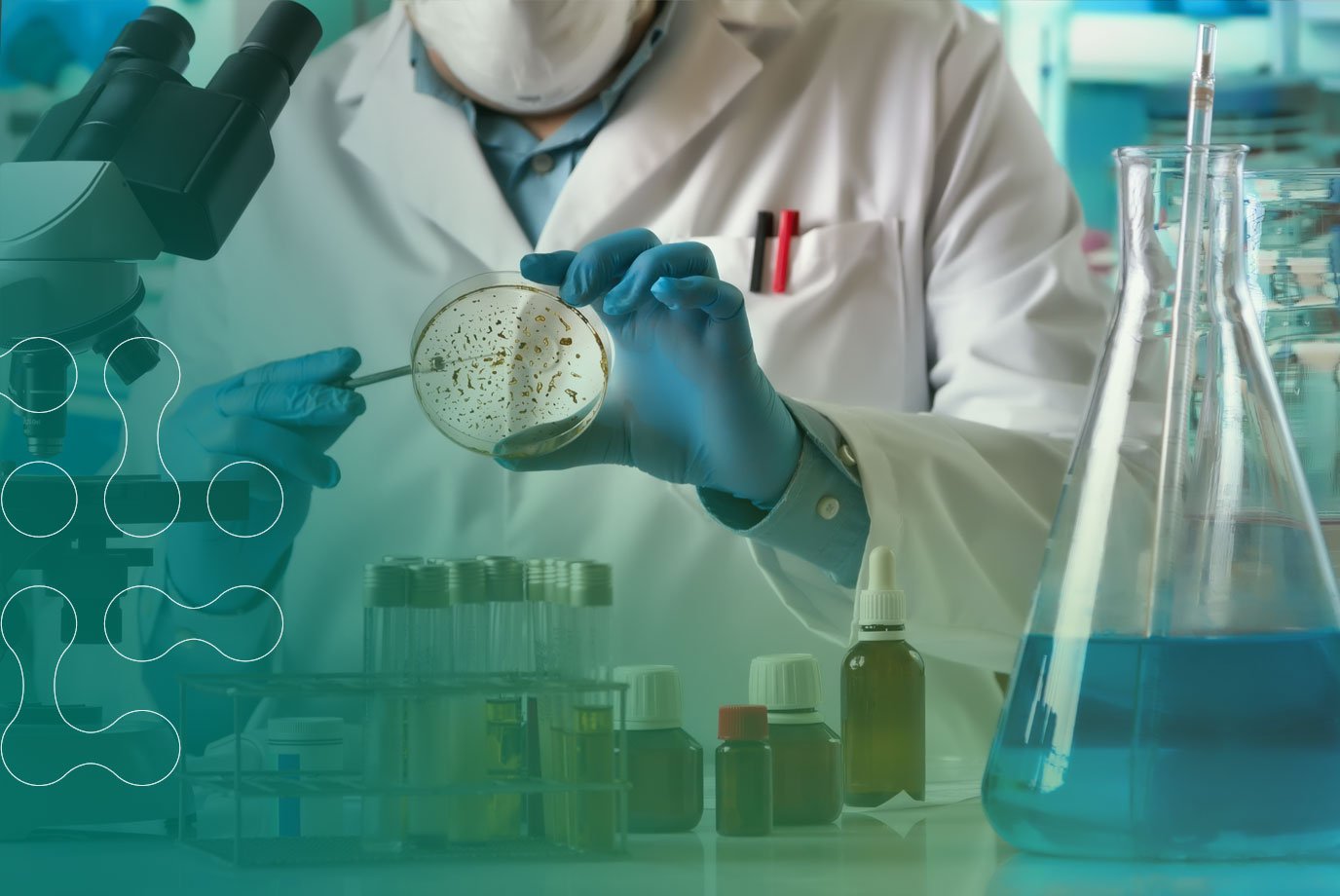Cleaning products are an essential part of keeping our homes, schools and workplaces in order - they also play a vital role in keeping us healthy. However, shocking research which followed more than 6,000 people over a 20 year period indicated that bleach based cleaning products can be as damaging to the lungs as smoking a pack of cigarettes every day.
The research explains that long-term use of more traditional cleaning products was comparable to smoking 20 cigarettes per day over the last 10 to 20 years; with women who worked as cleaners or regularly used cleaning products in particular suffering some significant health problems.
In the workplace
Due to the nature, importance and often legality of keeping places hygienic – cleaning products and their usage is unavoidable. We are already aware that cleaning tasks are often associated with exposure to numerous chemical agents with potential harmful effects to the respiratory system, and worryingly, individuals can be exposed in several different locations throughout the day.
However, the individuals with the highest exposure to these products are the cleaning staff. It is not unusual for cleaning staff to spend hours at a time, using a range of different chemicals with different raw materials, cleaning a single or several buildings throughout their working day. If we look at the research previously mentioned, cleaning staff using traditional cleaning products on a regular basis are in a danger of encountering the range of health problems mentioned.
As many will be aware, cleaning teams are made up of a number of individuals, meaning a number of individuals on any given day are using traditional cleaning products and experiencing high levels of exposure – raising several questions of corporate responsibility.
Toxic chemicals and how they can harm you
Understanding product labels, SDS’s and what the key raw materials are within a product is key to improving the understanding of decision makers and trying to avoid some of the most common, yet damaging, ingredients is important. There are too many to list here, but some of the more likely culprits that are used and should be watched out for are –
2-Butoxyethanol: A common ingredient in kitchen, window, and multipurpose cleaners that can interfere with the health of your red blood cells.
Ammonia: Found in glass and bathroom cleaners, ammonia can be very irritating to the eyes, skin, throat, and lungs.
Chlorine Bleach: A potent antimicrobial and respiratory irritant, bleach is a major ingredient in mildew removers, toilet bowl cleaners, and scouring powders.
Sodium Hydroxide: A known mucous membrane irritant, this is used in many oven cleaners and drain openers.
Fragrance: Although the term “fragrance” sounds innocent enough, it can refer to any one of thousands of chemicals linked to skin, kidney, respiratory, and cellular issues.
Parabens: These antimicrobial, chemical preservatives are associated with negative effects in breasts, hormones, and reproductive areas.
Phthalates: Commonly found in a host of cleaning products including dish soaps, detergents, and shampoo, phthalates have been shown to negatively impact respiratory health and reproductive function, as well as cause DNA damage.
Quaternary Ammonium Compounds (QUATS): Found in antibacterial cleaners, fabric softeners, and dryer sheets. Several studies identify QUATS as the cause of respiratory issues in cleaning workers.
Volatile Organic Compounds (VOCs): Don’t let the word “organic” fool you! Inhaling these gases, which are frequently used in products including household cleaners, disinfectants, and air fresheners, can cause eye, liver, nervous system, respiratory tract, and skin troubles—as well as GI discomfort and challenges with equilibrium.
The above is just a selection of the more common ingredients that can be harmful in regular cleaning products – unfortunately there are more!
What can Employers do?
Cleaning high footfall, challenging environments is difficult and requires technology that can keep the area clean, smelling fresh and reduce the health risk to staff.
Biotechnologically based cleaning products have the capability to meet all of these demands, without the negative environmental impact that many traditional cleaning products can have. Biotechnology uses natural ingredients that are safer for the environment and the users, and their specialised properties mean they are able to treat dirt and grime – often in hard to reach places – that traditional cleaning products do not. Also, unlike traditional cleaning products which often simply displace dirt or bacteria, biotech-based products completely break it down, which in turn helps remove bad odours.
Another major benefit of biotech-based cleaning products is that they continue to work for a period of time (up to 80 hours) after application, something known as ‘residual cleaning’ – this can help reduce overall labour costs and allow the user to apply the product less regularly, increasing savings further.
So, a turn from traditional cleaning products to biotech-based products is a change FM management and purchasers can make that will increase cleanliness whilst saving money – and reduce the risk to cleaning staff and the environment.




